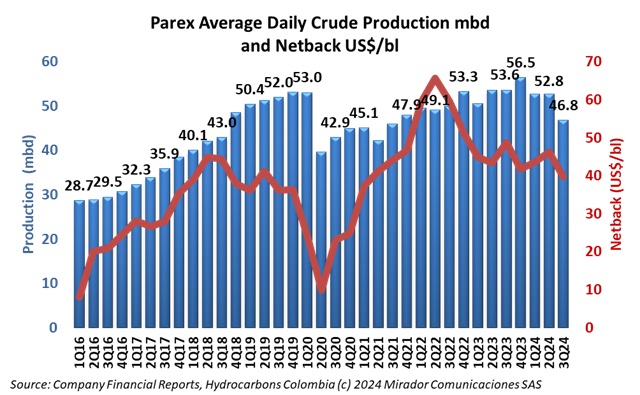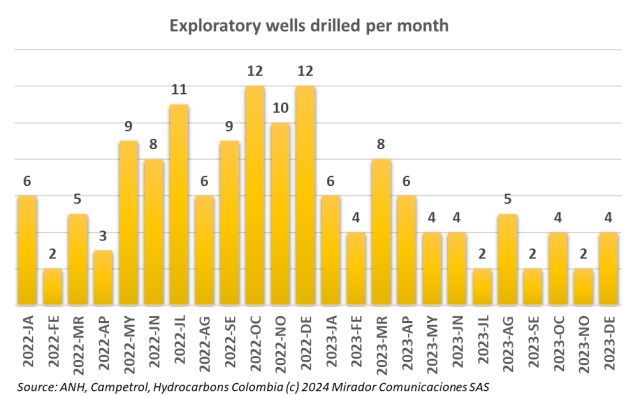Alejandro Castañeda, President of the National Association of Power Generators (Andeg), talked about the role of the private sector in averting gas rationing.

Frontera Energy (TSX: FEC) announced its financial and operating results for 3Q24.
Canacol Energy (TSX: CNE) recently celebrated its impressive achievements in sustainability and corporate governance.
Gasco has officially inaugurated a new gas plant in Colombia, aimed at meeting the rising demand for propane among households.
Ecopetrol (NYSE: EC) announced a new Private Secretary, with associates that raise eyebrows in the industry.

Parex (TSX: PXT) announced its financial and operating results for the third quarter 2024. Here are the details.
The Ministry of the Interior (MinInterior) launched a free, self-managed virtual course on the right to prior consultation, available to Indigenous, Rom, Afro-Colombian, Raizal, and Palenquera communities, as well as the public.
Rafael Rozo has officially taken on the role of President at Oleoducto Central S.A. (Ocensa) as of November 1, 2024.
At COP16 in Cali, Ecopetrol (NYSE: EC) announced significant progress in wetland restoration, having planted over 600,000 trees across six Colombian departments, including Magdalena, Cesar, and Antioquia.

Ecopetrol (NYSE: EC) President Ricardo Roa recently addressed concerns surrounding the Komodo-1 well and its exploration status, countering recent media reports that suggested a permanent halt.